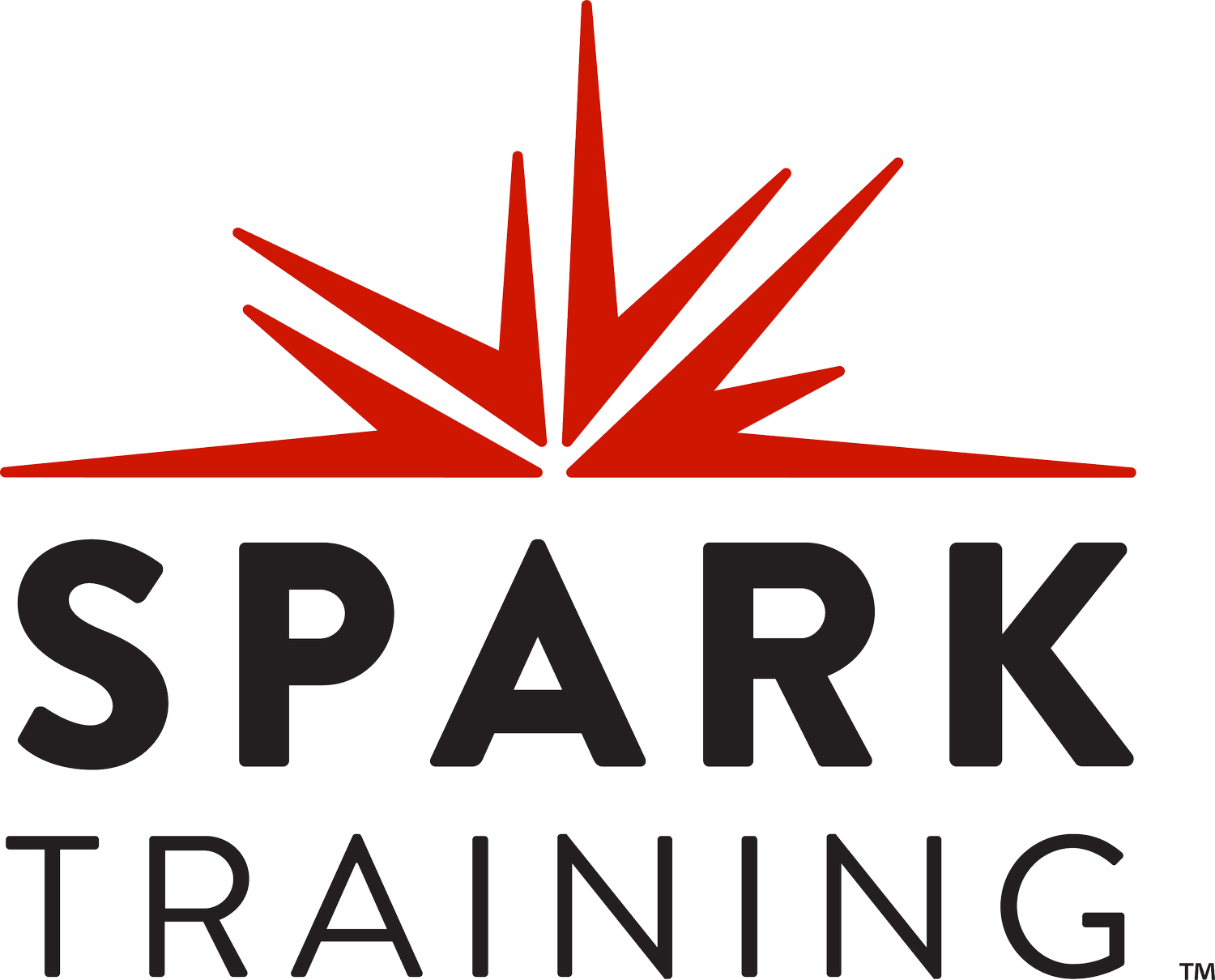A Fit for Confinement Formula
A person is brought to the county jail. Upon attempting to process the patient, officers don’t feel good about the detainee. They think something medical might be going on, so they put the detainee into a cell to wait and see if they get better in order to be booked into the facility.
This is a common situation that occurs every day in county jails across the nation. How can security and medical work together to make sure someone is fit for confinement?
If a detainee is experiencing a medical emergency, call 911.
Correctional officers do not need an order from medical to send a detainee to the emergency department or to call 911. Remember what you are taught in your CPR training: call 911 and get an AED. If a detainee is not doing well, activate emergency medical services and prepare for a medical emergency. Update the practitioner once medical help is available for the individual.
You should not book in detainees who cannot function in the jail.
If a detainee cannot independently move from the sally port to the booking area, or if they require multiple officers to assist them into the booking area (for reasons other than being combative), do not accept them into your jail. These may be signs of a potential medical emergency. This detainee may need medical clearance at a local emergency department first. A detainee must be able to function safely in the jail environment. Do not assume that a patient is faking an injury or altered mental status, and do not justify possible intoxication by saying, “they will sleep it off.” Escalate medical concerns to medical experts.
Call the practitioner when the hospital sends the detainee back.
Even if the hospital sends the individual back quickly, rest assured that you did the right thing by having them medically cleared. When the detainee returns, call the practitioner immediately and alert medical staff if they are on-site. An individualized treatment plan should be established by medical for any patient returning from the hospital.
If you would like additional information, please email training@sparktraining.us.
All materials have been prepared for general information purposes only. The information presented should be treated as guidelines, not rules. The information presented is not intended to establish a standard of medical care and is not a substitute for common sense. The information presented is not legal advice, is not to be acted on as such, may not be current, and is subject to change without notice. Each situation should be addressed on a case-by-case basis. WHEN IN DOUBT, SEND THEM OUT. ®
